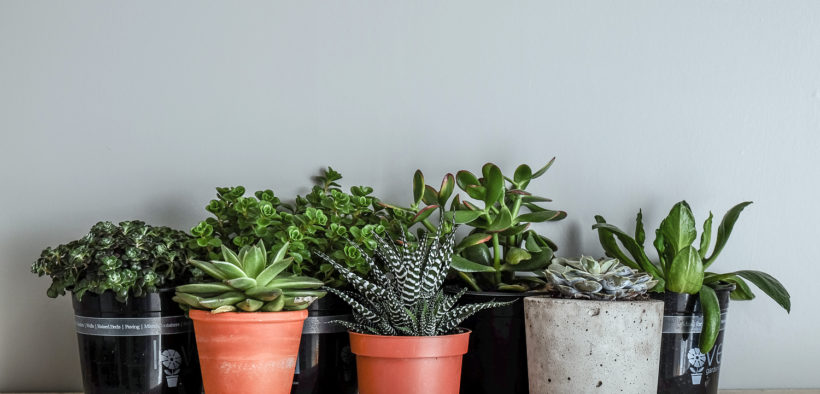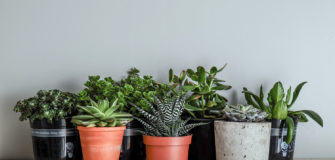Protect Your Plants: Winter Gardening DOs & DON’Ts

Plants have the ability to sense atmospheric changes and adjust to them, so most often, extreme temperature swings will not kill them. Hard freezes however, can damage their delicate buds and blossoms.
To protect your beautiful winter-flowering plants from harm, follow the tips listed below.
DOs
To avoid the disappointment of unsightly flowers, cover plum, cherry, camellias and other winter-flowering plants that have buds and open flowers with an old sheet or a commercially available frost cover.
If a freeze is predicted, you can avoid losing blooms by cutting the buds in advance and bringing them indoors to blossom in the house.
Continue to plant as long as the ground is soft enough to dig, but make sure to add mulch to stabilize root temperatures.
Frozen ground makes it difficult for water to reach the root zone. To help potted plants and annuals survive, water them in advance so they are able to absorb moisture before a hard freeze.
Cover container plants with frost cloth or other heat retentive blankets for extra protection. If possible, move the pots close to the foundation of the house or under eaves.
Bring houseplants indoors and position them in an area where they will receive indirect, bright light for at least five hours a day. Make sure they’re kept away from drafts and heating vents. It’s advisable to water them sparingly because most of them do not actively grow in winter.
DON’Ts
Winter is a time for garden plants to go dormant and rest, so do not fertilize and force them to start new growth before spring.
Not only does this interrupt their process of rejuvenation, but also puts tender new growth at risk.
Don’t skip your regular watering cycle. Once-a-week deep watering is beneficial during periods when the ground isn’t frozen or covered with snow, especially for new plantings.























